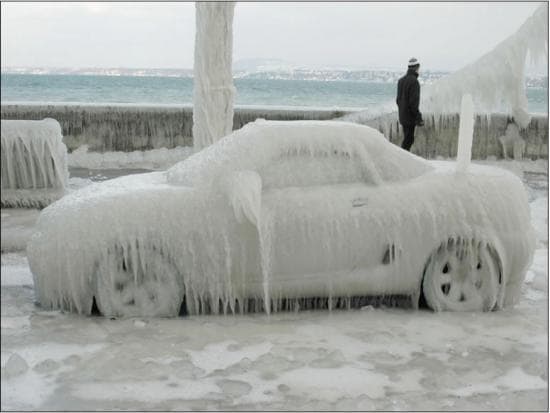
With all the sudden weather changes we experience globally and here in the UK. It’s highly important to know how to protect our cars from the winter elements, just as we would protect ourselves. So I thought I’d write this to share a few tips around what we know to be the best ways to protect your car during the winter.
The Paint:
Two words: road salt. Salt used to de-ice the roads can also de-paint your vehicle if you’re not careful. A quality wax or sealant combined with correct maintenance will get your paint finish through the chilly months.
Your best bet for winter paint protection is a paint sealant because they tend to last longer and require less frequent reapplications.
The ultimate way to protect your paint through the winter months is with a coating. Paint Coating is one of the more popular choices at preventing dirt, water, oil and anything else from adhering. Paint Coating is resistant to alkaline cleaners, degreasers and harsh detergents, making it a great choice for winter paint protection.
Wheels & Tyres:
Protect your vehicle’s wheels just like the paint. Use Detailer’s a protective wax for your wheels. It prevents brake dust adhesion, which is a problem year-round, and it repels snow and ice. It does require regular reapplications to maintain a high level of protection but the results are well worth the effort.
Tire protection is two-fold. For starters, the rubber needs to be kept supple in freezing temperatures to prevent cracking. So you need a tyre gel that not only looks great but most importantly, hydrates the rubber to keep it flexible.
Secondly, make sure your tires are properly inflated. The air inside tires shrinks in cold temperatures. If they become under-inflated, the tread will not make enough contact with the road to manoeuvre on icy asphalt. Tire Tread condition is massively important so you can check it yourself, or more advisably have it checked by a professional. Winter driving requires good traction in snow and ice. Quality tire tread sheds the snow, ice and road grime more quickly, providing better traction for improved safety. Check your tire pressure regularly, especially in colder temperatures. Follow the recommended PSI found on the driver’s side door post for maximum traction.
Windshield and wipers:
A good antifreeze and cleaner that will keep your windshield clean and frost-free. Simply add it to your windshield washer fluid according to the directions. Most good market antifreeze products protect against cold temperatures down to -22°F and overspray will not affect paint, plastic, or rubber.
Everyone in snow-prone areas needs a quality ice scraper. The Ice Master Ice Scraper removes all kinds of frost, snow and ice from the windshield and windows with four blade configurations. If scraping doesn’t appeal to you (we understand!) Then a decent de-icer spray is a quick solution to an icy windshield. De-Icer Spray penetrates and speeds up the removal of light snow, ice, and frost. It does the hard work for you, so you can easily push the frosty remnants off the glass…and get to work on time for once.
Check the insides:
Firstly cold weather starts make the vehicle battery work much harder and getting stranded in the cold is no fun! If you travel during the winter, you must have a battery tender battery charger! A battery tender battery charger keeps your car battery fresh over long periods of inactivity, saving you the cost of battery replacement and more importantly lowers the risk of being stranded in the cold with a flat battery.
Secondly you should definitely inspect your engine’s belts and hoses. A cracked, frayed or worn out rubber won’t stand up to extreme temperatures. Don’t get stranded on your next trip because of what could be a £20.00 belt or hose!
Cover it up:
If you have to park outside during the winter months, consider a car cover. A good heavy duty car cover is great protection against moisture and impact.
Dark nights and Early mornings:
With those dark mornings lingering and early nights drawing in you need to ensure your car headlamps are lighting up the road this winter. Visually inspect all lights; marker bulbs, tail lights, third level brake lights, especially headlights and driving lights. Daylight savings time requires bulbs to work longer hours. If you have a bulb on the blink bring your car down to us and a member of our team will fix it in only a few minutes.
